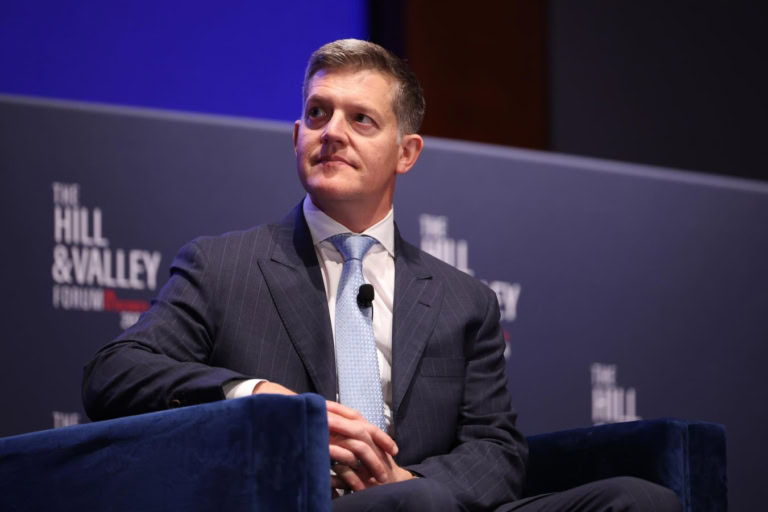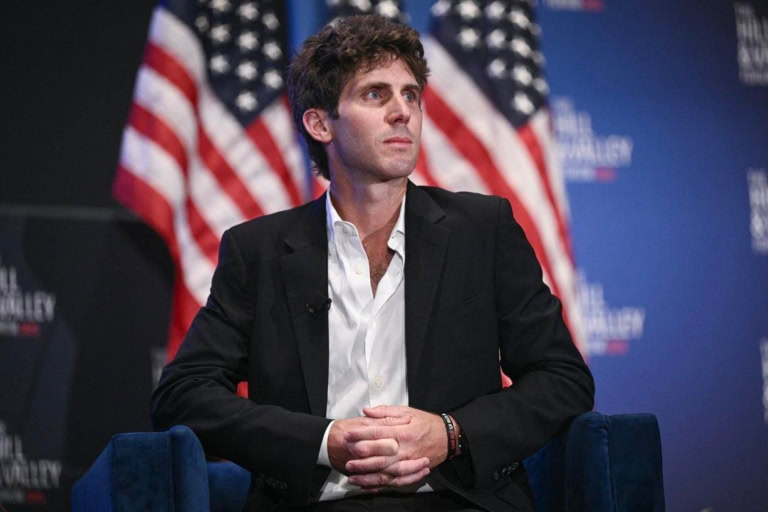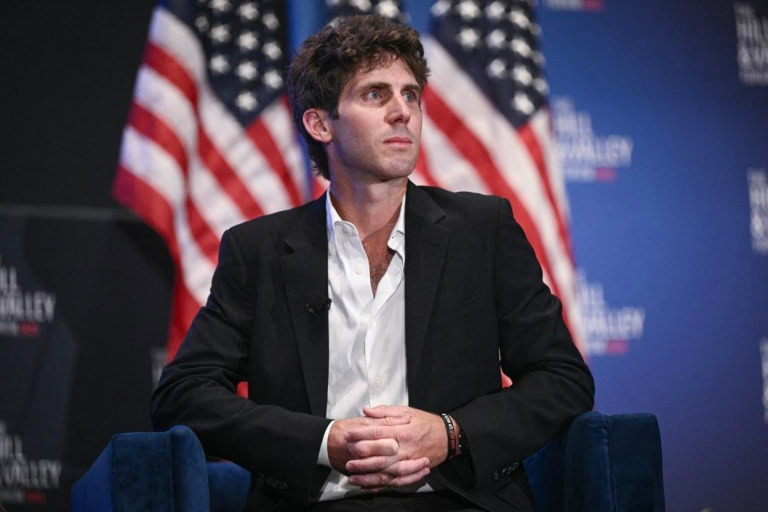For decades, radiology was the dream. One of the coveted R.O.A.D. specialties—Radiology, Ophthalmology, Anesthesiology, and Dermatology—it offered physicians a rare trifecta: high salaries, low burnout, and flexible hours. It was medicine’s white-collar sweet spot—intellectually stimulating, well-compensated, and mostly removed from the emotional weight of patient-facing care.
Three tectonic forces—AI in radiology, private equity consolidation of radiology groups, and a booming sector of direct-to-consumer wellness imaging—are reshaping radiology into a flagging, fractured profession. The fallout? An ever-widening divide between elite specialists and commoditized labor, with little room for middle-ground.
From Reader to Validator: The Shrinking Scope of Expertise
AI isn’t augmenting radiologists. It’s replacing them—at least in part. Tools from companies like Aidoc, Gleamer, DeepLook and Annalise.ai now pre-read routine scans, flag abnormalities, and auto-generate structured reports. Increasingly, junior radiologists start their shifts not with raw cases but with AI-generated “findings” they’re expected to review and sign off on.
This evolution from “physician” to “validator” marks a critical shift. Human expertise is now backloaded—doctors step in after the AI has taken the first swing. It’s a subtle but systemic de-skilling of the profession, part of a broader trend in knowledge work where algorithms dictate pace, volume, and standards.
Teleradiology’s Uberization: No Benefits, No Protections
Nowhere is this shift more visible than in teleradiology. Many U.S.-based radiologists working remotely are classified as 1099 contractors—paid per scan, with no health insurance, no retirement plan, and no paid leave. And as AI eats away at routine reads, their bargaining power continues to shrink.
“Radiologists used to be seen as doctors,” one physician told me. “Now, many are treated like Uber drivers for diagnostics—paid by the case, with zero security.”
These doctors are still responsible for interpreting complex studies, identifying critical findings, and ensuring patient safety. Yet they often operate outside the very healthcare protections they help uphold.
Private Equity’s Rollup Strategy Is Faltering
Between 2013 and 2023, private equity firms acquired more than 150 radiology practices, representing over 3,400 imaging locations—roughly 16% of U.S. sites. By 2023, 12% of American radiologists worked for PE-backed groups, with saturation as high as 46% in states like Nevada.
But cracks are appearing. Deal flow slowed dramatically in 2023 and 2024, due to rising interest rates, post-COVID imaging declines, and reimbursement pressure. Radiology Partners, the largest PE-backed platform, raised $720 million in 2024 to manage mounting debt. Attrition rates in some PE-owned practices are hitting 30–40%, according to AuntMinnie.com.
Bridging the Gap—But Only Partially
Globally, there is a well-documented shortage of radiologists, with some hospitals facing days-long backlogs for non-emergency scans. In certain regions and emergency departments, the ability to get an immediate read can mean the difference between life and death. In these high-pressure contexts, AI tools that can quickly pre-screen and flag critical findings may serve a valuable role in accelerating decision-making for trauma cases, strokes, or internal bleeding—where time-sensitive diagnostics are essential.
That said, while AI may help close some access gaps, especially in underserved or high-volume settings, it cannot fully replace the interpretive skill, legal accountability, and contextual nuance that trained radiologists provide. Nor does it address the structural drivers behind the shortage—such as workforce burnout, declining reimbursement, and the growing reliance on contractor labor.
AI in Radiology as Arbitrage, Not Advancement
In these environments, AI isn’t deployed for diagnostic precision—it’s used to standardize workflows, increase volume, and cut labor costs. Instead of freeing radiologists to do more complex work, it places them under closer digital surveillance.
Rather than clinical uplift, AI becomes financial arbitrage.
A Two-Tier Profession: Specialists Protected, Generalists Squeezed
Not all radiologists are impacted equally. Subspecialists in interventional, neuro, musculoskeletal, and cardiac imaging still command high pay and institutional leverage. But generalists—who interpret routine X-rays, CTs, and ultrasounds—are increasingly commoditized.
Estimated 2024 U.S. Radiologist Compensation by Role:
This bifurcation is directly tied to earlier themes: PE-owned practices increasingly prioritize high-throughput general reads, often handled by teleradiology contractors or AI tools, while reserving higher-margin procedures for a smaller cohort of in-house specialists. The result is a two-tier system reinforced by both capital incentives and automation.
The more replaceable the scan, the more vulnerable the reader.
Radiology Demand Outpaces the Human Supply
The U.S. has around 39,000 active radiologists (ACR, Neiman HPI), growing by only about 1.5% per year—roughly adding 600 physicians annually—based on residency program capacity (AMA, ACR). Meanwhile, imaging volumes continue increasing at 3–4% annually, driven by aging demographics, chronic disease prevalence, and expanded screening guidelines (Medicus Healthcare Solutions).
What does that look like over five years?
- Radiologist workforce (2024–2029): +8% (~3,120)
- Imaging demand: +15–20%
That means demand will grow twice as fast as the workforce, leading to backlogs—emergency departments already report wait times of several hours for key scans—and regional density varies dramatically (as low as 9 radiologists per 100,000 in some areas) (ACR Workforce Survey).
And the scan landscape is becoming more complex. Women with dense breasts now require 3D mammography, supplemental ultrasound, and MRI (ACR Breast Imaging Guidelines), and emerging options like contrast-enhanced mammography and molecular breast imaging (MBI) further multiply the reading load.
Even a growing reliance on AI or gig labor won’t increase the total number of trained clinicians—the problem isn’t just efficiency, it’s capacity.
A Global Perspective of Radiology: Different System, Different Stakes
While U.S. radiologists grapple with contractor models, PE consolidation, and unchecked AI adoption, other health systems are taking a more cautious or coordinated approach.
In the U.K., the NHS has invested in radiology AI pilots but maintains central oversight, ensuring that AI augments—not replaces—clinical judgment. The Royal College of Radiologists has emphasized that AI should relieve workforce shortages, not deskill practitioners. Radiologists remain salaried employees with pensions and protections.
Radiology doesn’t have to become a gig economy casualty. Policy, public funding, and infrastructure design matter.
The Longevity Mirage: $2,500 Wellness Scans For The 1%
As clinical radiology comes under pressure, consumer-facing imaging startups have raised over $400 million to offer full-body MRI scans to affluent customers. These services operate outside traditional clinical channels—unregulated, cash-pay, and sold as luxury longevity products.
Prenuvo raised $70 million in 2022 and another $120 million in 2025 to expand its full-body and body-composition scans, priced between $2,499 and $4,499. Ezra raised $44 million before its distressed sale to Function Health in May 2025. Neko Health, founded by Spotify’s Daniel Ek, is now valued at nearly $2 billion.
Clinical bodies remain unconvinced. The American College of Radiology warns that full-body MRI lacks evidence of cost-effectiveness or life-prolonging benefit, and that false positives and incidental findings can lead to unnecessary follow-ups. Even Prenuvo’s own data shows a 2.2% cancer detection rate—consistent with population-wide screening programs like mammography—but with limited clarity on downstream impact. The real question isn’t how many cancers are found, but whether early detection through full-body scans leads to better outcomes. Without long-term data, it’s unclear if these findings result in life-saving interventions or lead to extra tests, anxiety, or even unnecessary treatment.
Ezra’s Fall: From Hype to Exit
Ezra’s sale in May 2025 was telling. Plagued by high burn rates and tepid consumer demand, it was acquired by Function Health under undisclosed terms. The new offering—an “Ezra-powered” 22-minute MRI for $499/year—marks a steep discount from Ezra’s earlier standalone pricing, which peaked at $6,000 per session.
The deal signals that as a standalone DTC imaging brand, Ezra was unsustainable. Integrated into a broader wellness membership model, it might endure—but with a radically different financial profile.
The Final Insult: Infrastructure Without Respect
Behind slick UX and celebrity endorsements, these startups still require radiologists to interpret scans, flag potential cancers, and provide legal sign-off. Yet many treat them not as partners, but as infrastructure.
“In some of these startups, senior software engineers make more than the radiologists reading the cancer screens,” one Prenuvo-affiliated radiologist told me. “We’re treated as regulatory obligations, not clinical equals.”
Many are hired as per-case contractors. Prenuvo and Ezra have both listed radiologist roles as remote, 1099-based, with variable pay and no guaranteed volume. The Ezra careers page as of late 2023 offered compensation “based on image complexity” with no benefits. That structure gives startups operational flexibility—at the expense of the very physicians they rely on.
A Crossroads With No Middle Ground
Radiology’s reckoning isn’t about robots replacing doctors. It’s about a system that algorithmically undervalues expertise while capitalizing on its necessity.
As AI scales, the profession faces a stark choice: reclaim clinical authority—or watch as automation, private capital, and consumer-facing models redefine it beyond recognition.
The time for action is now: for transparency, for labor protections, and for a future where radiologists are seen not as validators, but as vital stewards of modern medicine.
So what could that future look like? Here are three scenarios that may shape radiology’s next decade.
Where Radiology Is Heading
Distributed Gig Work
Radiology doesn’t implode—but it fragments. Teleradiology expands as a flexible but unstable labor model, with more physicians working as independent contractors across state lines. AI handles routine reads, and volume expectations rise. Burnout remains a risk, and the profession loses cohesion. This path may offer short-term efficiency gains but erodes long-term workforce sustainability and professional identity (NCBI).
Carve-Outs for Experts
Rather than labor organizing—an unlikely path given regulatory and professional barriers in physician specialties—a more plausible outcome is increasing professional stratification. Subspecialists and proceduralists who perform complex interventions or high-reimbursement tasks retain leverage. Meanwhile, generalists and remote readers are increasingly treated as interchangeable. Some radiologists may pivot to advisory or compliance roles focused on AI oversight or quality assurance, but most will face declining autonomy and influence (JAMA).
AI-Driven Standardization Becomes the Norm
AI continues to integrate into radiology not as a revolution but as an extension of decades-long workflow optimization. Much like PACS, voice dictation, and automated contrast protocols, AI is folded into the radiologist’s daily tasks—not as a partner, but as infrastructure. Reimbursement codes will adapt, and regulatory frameworks will likely evolve to support AI-assisted diagnostics, but the core challenge will remain: preserving physician authority in an increasingly industrialized model of care (Nature Digital Medicine).















